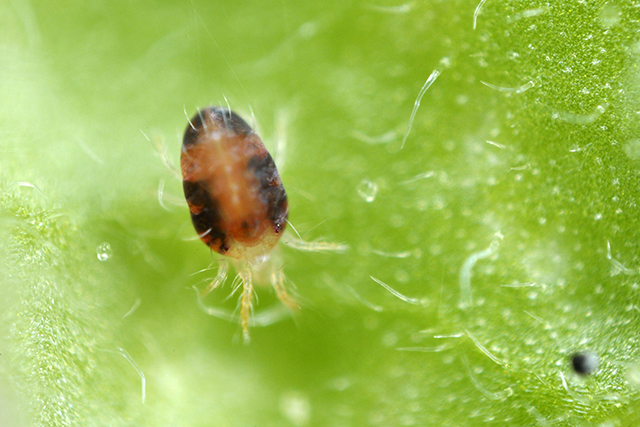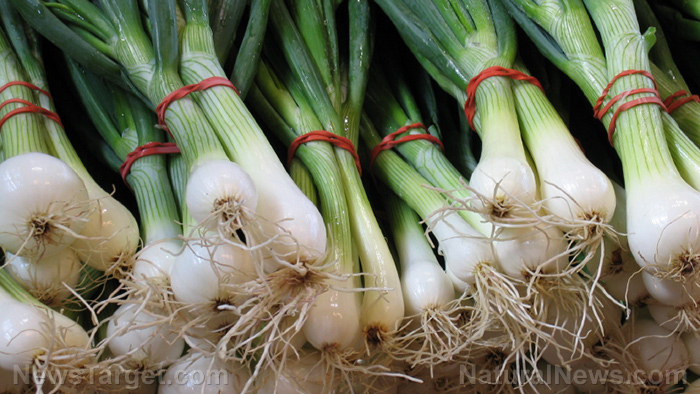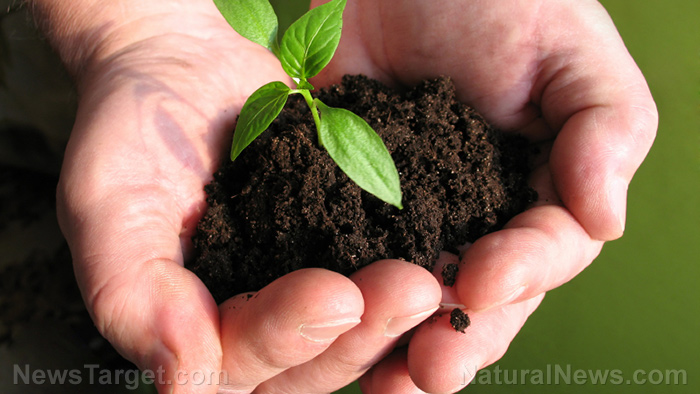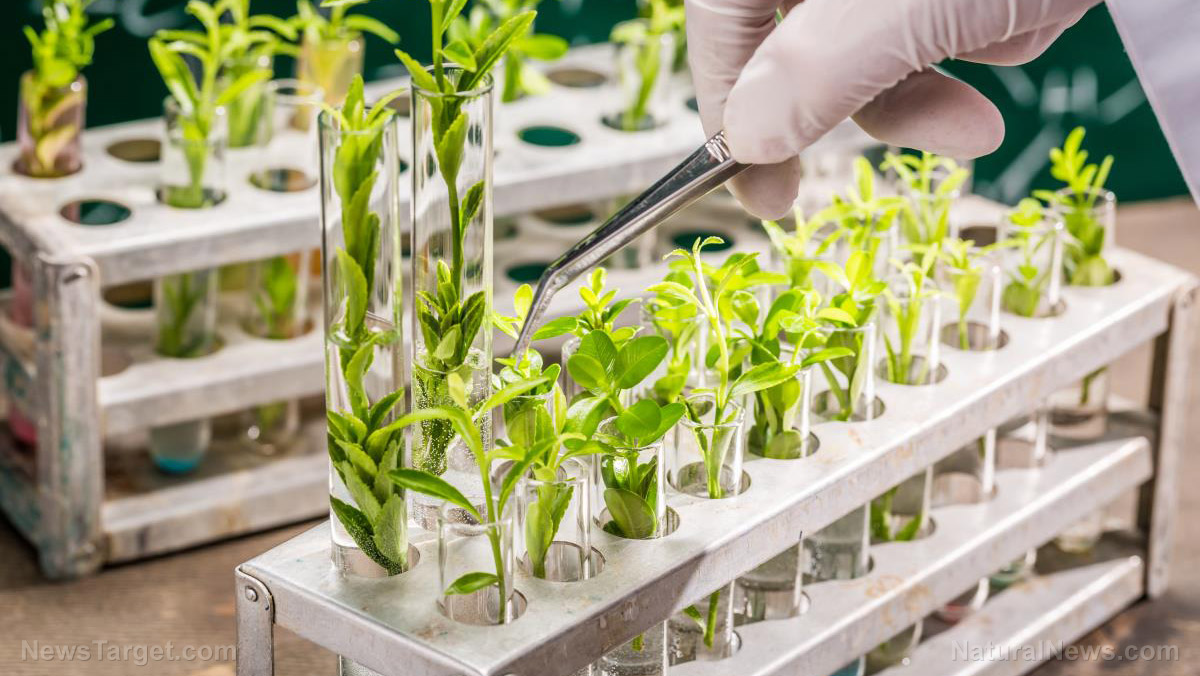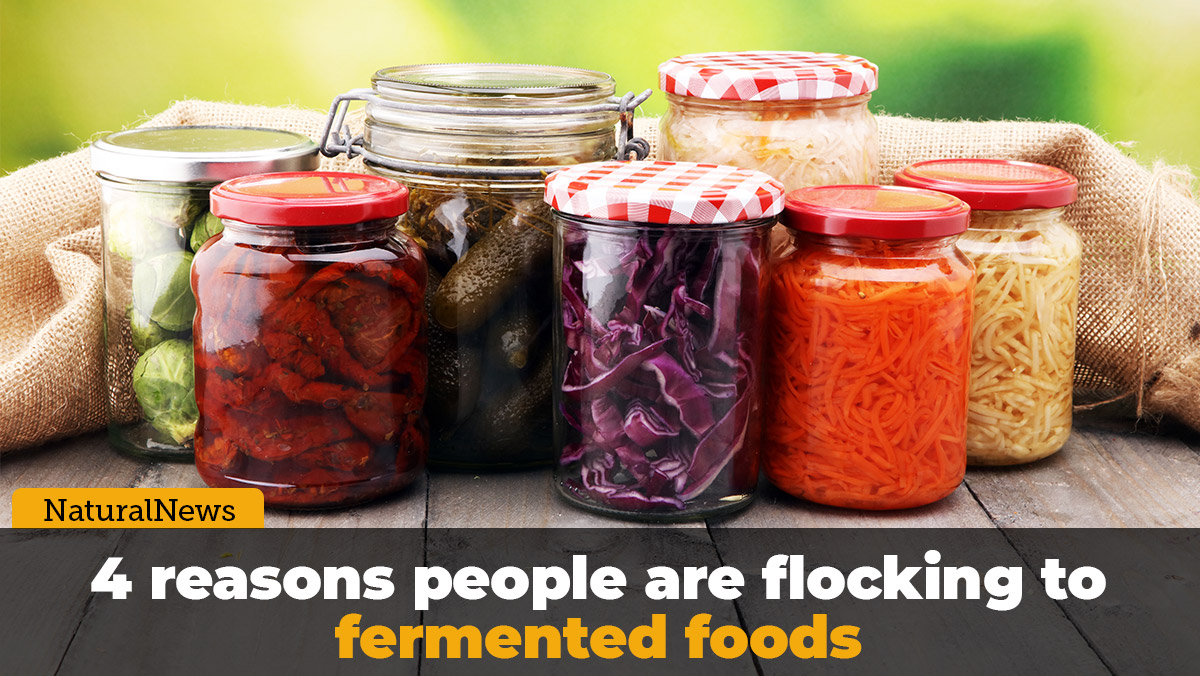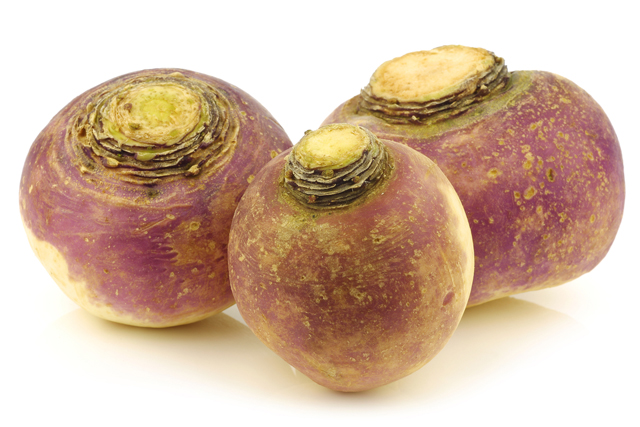Survival gardening: Why you should grow these 7 edible perennials
06/04/2017 / By Bridgette Wilcox

Think of survival food and what initially comes to mind is a stockpile of canned goods, tasteless military biscuits, and powdered drink mixes. But imagine a situation where you can still have fresh food even in the event of a collapse? The idea may sound luxurious in a critical situation, but it is actually not entirely impossible. Many perennial plants are either edible, medicinal, or both, and having these plants around in an emergency situation can ensure your survival. Here are seven edible perennials as recommended by OfftheGridNews.com.
- Perennial brassicas – Nutrient-packed vegetables like kale, spinach, broccoli, and collards fall under this category, so these are some of the best plants you can have in your garden. These plants have root systems that run deep, protecting them against drought and increasing their ability to absorb nutrients. Place these plants in an area that gets direct sun, in soil that is high in nitrogen.
- Good King Henry – An article on TheGuardian.com says that this herb is known as poor man’s asparagus or Lincolnshire spinach — but despite the associations with other more popular vegetables, it is an altogether different plant that is particularly hardy and survives well even with little care. That said, while it will grow on most types of soil and can tolerate a lot of sun, this plant prefers moist soil and some shade.
- Chinese toon – Also known as Chinese mahogany, these perennials are more of a tree than a plant. Their leaves have a distinct onion-like taste that makes them as flavorful as they are nutritious. The plant is a great source of vitamin A and protein. It requires full sunlight and soil that is well-drained.
- Jerusalem artichokes – This species of sunflower has nutritious edible tubers that grow fast and can potentially take-over a garden. They are best suited for loose, deep soil that allow their roots to grow and spread. Keeping them away from the other plants in the garden is a good idea, as these artichokes need space to grow properly. These plants also have beautiful yellow flowers, making them bring your survival garden to life in more ways than one.
- Moringa – Considered by many to be a superfood, Moringa’s list of benefits seemingly has no end. Health enthusiasts are obsessed with this plant for a reason. According to MindBodyGreen.com, it’s filled with nutrients such as vitamins A, C, and E, as well as calcium, potassium, and protein. It also comes packed with antioxidants such as flavonoids, polyphenols, and ascorbic acid that protect against cell damage caused by free radicals. At the same time, its seeds have medicinal properties, and can even help in water purification.
- Chinese yam – Both edible and medicinal, this plant produces small, berry-like tubers that are cooked or eaten raw. The plant has been known for its healthy properties, and is easy to grow, though it needs direct sunlight and a trellis to grow on.
- Nettles – Both the leaves and seeds of this plant are packed with nutrition, though they must be prepared beforehand to remove the sting and make it palatable. This plant grows best in moist soil, though the sun exposure it prefers varies depending on the variety. The wood nettle prefers partial to full shade, while the stinging nettle likes direct sun or partial shade.
Reserving even a small patch of land or a tiny corner of your garden for these plants is definitely worth it. As they are perennials, these plants are also relatively easy to maintain, and last for quite a long time — definitely more than two years, but most likely even more than that. With these plants around, you’ll have a living, breathing stockpile of fresh food, which only means that you do not have to worry so much about your nutrition in the event of a survival situation.
Sources include:
Tagged Under: edible plants, perennials, prepping






